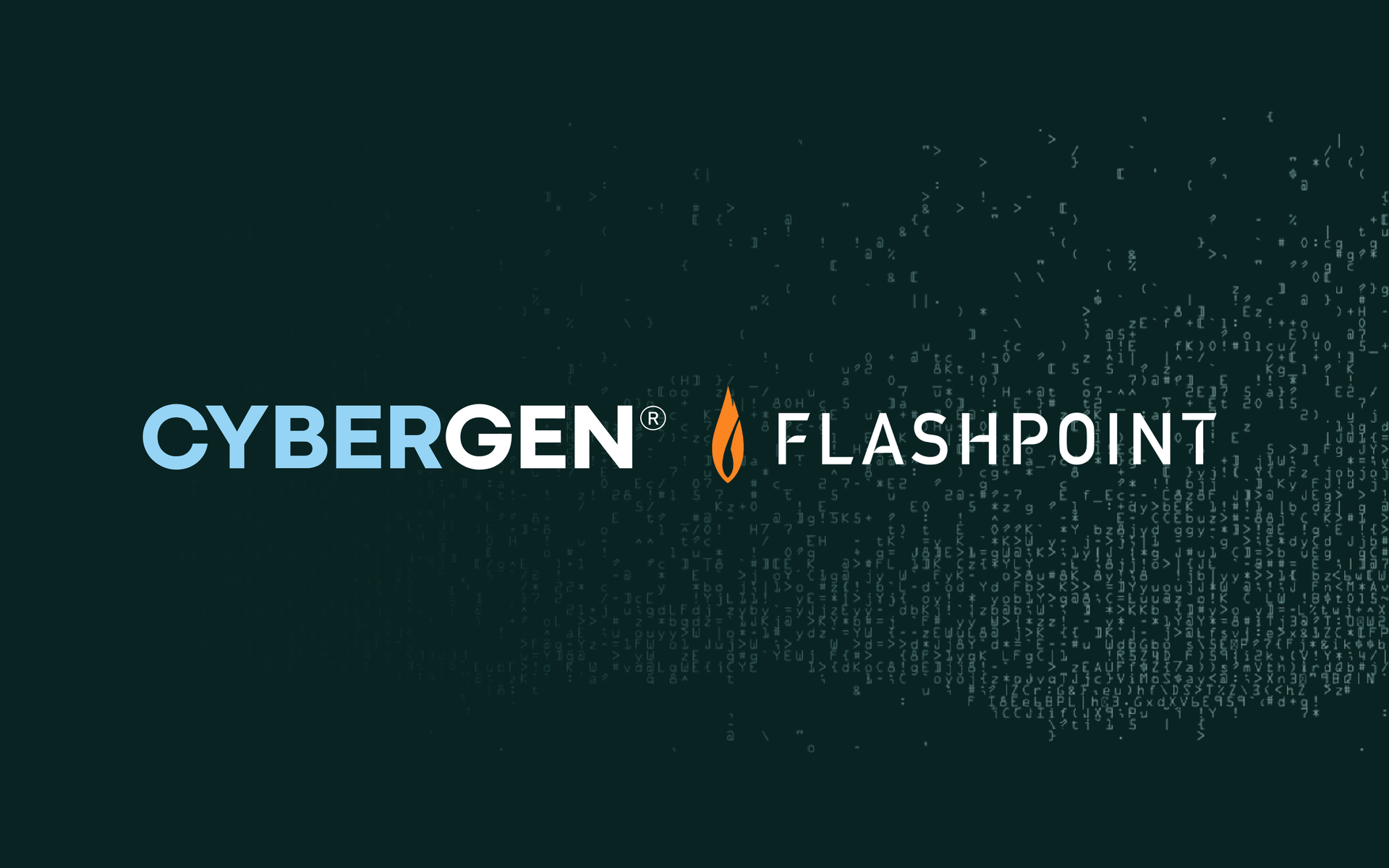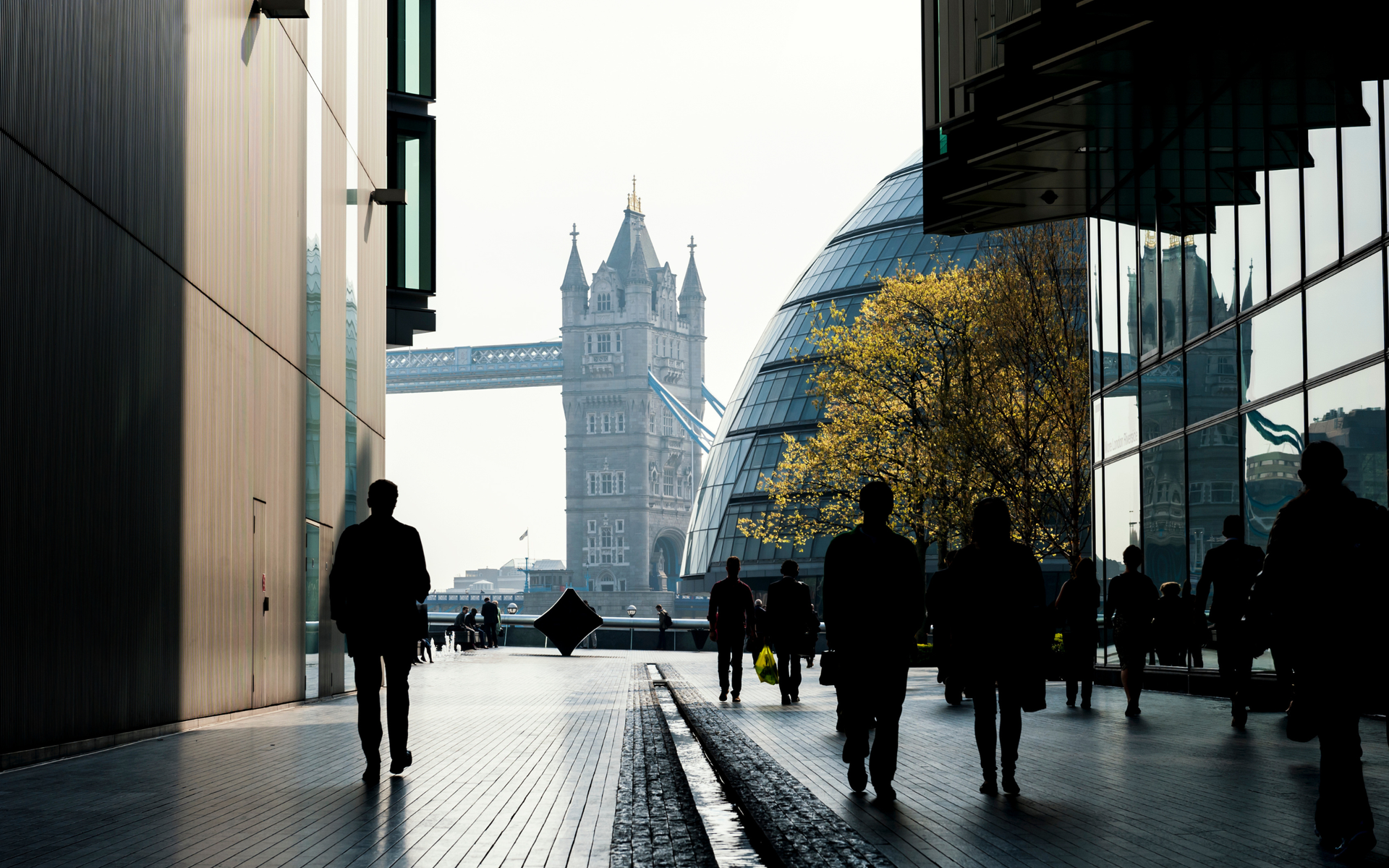AI-Powered Penetration Testing: Enhancing Traditional Reconnaissance and Enumeration
Introduction
One recent trend reshaping this field is the use of artificial intelligence in penetration testing.
In this blog, we discuss how organisations can strengthen their security posture by understanding how AI can complement and enhance traditional penetration testing methods.
Understanding AI-Powered Penetration Testing
AI-powered penetration testing refers to the integration of artificial intelligence techniques, such as machine learning and large language models (LLMs), to assist in various phases of a pen test. These technologies are particularly useful in reconnaissance and enumeration, which are foundational stages of any ethical hacking process. Instead of replacing the tester, AI acts as a powerful assistant that can rapidly process data, uncover patterns, and automate repetitive tasks.
Risks and Challenges in Modern Reconnaissance and Enumeration
Ignoring the importance of modernising reconnaissance and enumeration strategies can leave organisations exposed to serious threats. Attackers today utilise automated tools to perform passive and active reconnaissance, identifying vulnerable endpoints, outdated services, or exposed credentials. If ethical hackers are not equipped with similarly advanced techniques, they may overlook key vulnerabilities.
For example, attackers often scrape LinkedIn for employee names, analyse GitHub for exposed credentials, and use platforms like Shodan to identify open ports. Without AI, combing through this type of data manually can be slow and error prone. This delay can give adversaries the upper hand.
Additionally, enumeration has become more complex with hybrid infrastructures. Cloud services, IoT devices, and remote work have expanded the attack surface. An unpatched database exposed through a cloud misconfiguration might go unnoticed in a traditional scan. Attackers exploit such blind spots with increasingly sophisticated methods.
Failing to adopt AI-supported tools in these areas risks not only slower threat detection but also increased potential for breaches. Real-world examples such as the Capital One breach (caused by misconfigured AWS permissions) highlight the need for smarter enumeration techniques.
Automating Reconnaissance with LLM-Powered Intelligence Gathering
Artificial intelligence, especially large language models, can be used to generate scripts that assist with passive and active reconnaissance. These scripts are tailored to specific environments and use cases. For instance, an LLM can write a PowerShell script to collect metadata from a Windows environment or create a Python script that scans for exposed administrative panels.
The benefit here is not just speed but precision. AI can parse and interpret protocol responses from DNS, HTTP headers, or SNMP traps to extract meaningful data. Instead of running broad scans, AI can help create targeted probes that reduce noise and improve clarity.
Another use case involves keyword extraction. AI tools can review WHOIS data, social media content, or exposed document metadata and extract names, emails, or internal project codes. These keywords are often used in social engineering or credential stuffing attacks. Identifying them early is key to effective risk mitigation.
The automation of these tasks does not eliminate the need for human expertise. On the contrary, it allows ethical hackers to focus on interpreting results and making strategic decisions.
Passive and Active Data Gathering in the Age of AI
Passive reconnaissance involves collecting information without directly engaging the target. This includes reviewing domain registrations, scanning job boards for technical details, or browsing code repositories. AI can support passive recon by analysing multiple data sources simultaneously and identifying connections that may be overlooked manually.
For example, if a company has its DNS misconfigured and also publishes sensitive job descriptions that reveal internal tools, AI can correlate these findings to suggest a potential attack vector. Without AI, it might take hours or days to make such connections.
In active enumeration, where tools interact with systems to discover live hosts, open ports, or service versions, AI can enhance prioritisation. Rather than scanning an entire network blindly, AI can suggest high-value targets based on traffic analysis or organisational relevance. This reduces noise, improves accuracy, and minimises the risk of triggering alarms.
AI can also help hypothesise the technology stack behind certain services. By reviewing HTTP responses and TLS configurations, it may infer whether a site uses WordPress, Apache, or Nginx, helping testers select the right tools for deeper testing.
Ensuring Human Oversight in AI-Augmented Penetration Testing
As artificial intelligence continues to transform the field of penetration testing, one principle must remain at the centre of every engagement: human oversight. While AI provides undeniable advantages in speed, scalability, and data handling, it cannot replace the nuanced decision-making, contextual understanding, and ethical judgment of a skilled cybersecurity professional.
AI tools, especially those powered by large language models (LLMs), are now capable of generating scripts, identifying patterns, parsing protocols, and even recommending possible vulnerabilities to explore. However, these outputs are based on patterns in data, not real-world awareness or intent. Therefore, every AI-generated insight must be carefully reviewed, validated, and interpreted by a qualified penetration tester.
Consider, for instance, an AI system suggesting a possible vulnerability in a publicly accessible API. While the AI may have accurately flagged a potential risk based on outdated dependencies or exposed endpoints, it lacks the context to determine whether exploiting that vulnerability would breach the engagement’s rules of engagement or violate legal frameworks. Only a human tester can assess the potential impact of that action, determine whether it aligns with the client’s scope and permissions, and decide on the most ethical and proportionate course of action.
This “human-in-the-loop” model is not merely a safeguard; it is a necessity. AI should serve as a force multiplier, not a decision-maker. When used correctly, it can automate tedious tasks such as scanning large datasets for OSINT, generating baseline scripts for reconnaissance, or summarising technical documentation. However, the ultimate judgment, analysis, and interpretation must remain with the penetration tester.
Human oversight also plays a critical role in maintaining ethical standards and legal compliance. Organisations such as CREST and frameworks like Cyber Essentials stress the importance of accountability, transparency, and control in any cybersecurity process. These bodies advocate for rigorous testing methodologies that combine automation with ethical best practices, ensuring the safety of systems without compromising the rights or privacy of users.
Moreover, there is always a risk of false positives, misinterpretations, or outdated threat intelligence being surfaced by AI. Without a human reviewer, organisations risk acting on incorrect data, which can lead to wasted time, reputational harm, or worse, legal liability. An experienced penetration tester will question anomalies, investigate further, and apply situational awareness that AI simply does not possess.
Another key reason for maintaining human oversight is the unpredictable nature of real-world environments. Unlike static lab simulations, live networks and systems are complex, constantly evolving, and filled with edge cases. AI may not always adapt well to such dynamic contexts, which could lead to blind spots in the assessment. Human testers bring intuition, adaptability, and experience to navigate such uncertainty.
Ultimately, AI is a powerful tool that can enhance penetration testing, especially in areas such as reconnaissance and enumeration. However, it is not a substitute for human expertise. By embedding human oversight at every stage of the process, organisations ensure that AI remains an assistant, not an authority and that all actions taken are justified, accurate, and in line with professional cybersecurity standards.
Improving Results through Responsible AI Use
Penetration testers should adopt responsible practices when integrating AI. This includes training AI models on ethically sourced data, regularly auditing AI tools for bias or errors, and documenting all AI-assisted processes for transparency.
Organisations should also invest in training their cybersecurity teams to understand AI outputs. Knowing how to interpret and challenge AI findings is crucial. This skillset ensures that AI enhances, rather than complicates, the testing process.
At Cybergen, we advocate for AI tools that support transparency and control. We integrate AI into our testing workflows only where it adds clear value, ensuring clients receive accurate, actionable, and ethical results.
Penetration testers should adopt responsible practices when integrating AI. This includes training AI models on ethically sourced data, regularly auditing AI tools for bias or errors, and documenting all AI-assisted processes for transparency.
Organisations should also invest in training their cybersecurity teams to understand AI outputs. Knowing how to interpret and challenge AI findings is crucial. This skillset ensures that AI enhances, rather than complicates, the testing process.
At Cybergen, we advocate for AI tools that support transparency and control. We integrate AI into our testing workflows only where it adds clear value, ensuring clients receive accurate, actionable, and ethical results.
The Cybergen Approach to AI-Enhanced Penetration Testing
Cybergen offers CREST-accredited penetration testing that combines traditional techniques with AI-powered enhancements. Our experts use LLMs to generate recon scripts, analyse large data sets quickly, and uncover hidden threats more effectively.
We also prioritise human oversight in all AI-driven tasks. Every AI-generated insight is reviewed, tested, and validated by certified professionals. This ensures that our clients receive not only fast but also reliable and ethical results.
Cybergen’s platform provides clients with full visibility into the testing process. From initial scoping to final reporting, we explain how AI is used, what insights were gained, and how the client can remediate vulnerabilities. We also provide recommendations aligned with the NIST framework and Cyber Essentials, helping organisations achieve compliance and long-term resilience.
Click
here to learn more about our penetration testing service.
Summary
AI is transforming penetration testing by enhancing the speed, depth, and accuracy of reconnaissance and enumeration. However, it is not a substitute for skilled testers. By combining the strengths of AI with human expertise, organisations can better defend against modern threats.
Cybergen empowers businesses with AI-enhanced, CREST-accredited penetration testing. Our services are designed to uncover vulnerabilities, deliver actionable insights, and support long-term cybersecurity maturity.
If you're ready to upgrade your penetration testing approach or want to understand how AI can benefit your cybersecurity strategy, contact our team or explore more about our services online.
Ready to strengthen your security posture? Contact us today for more information on protecting your business.
Let's get protecting your business
Thank you for contacting us.
We will get back to you as soon as possible.
By submitting this form, you acknowledge that the information you provide will be processed in accordance with our Privacy Policy.
Please try again later.








